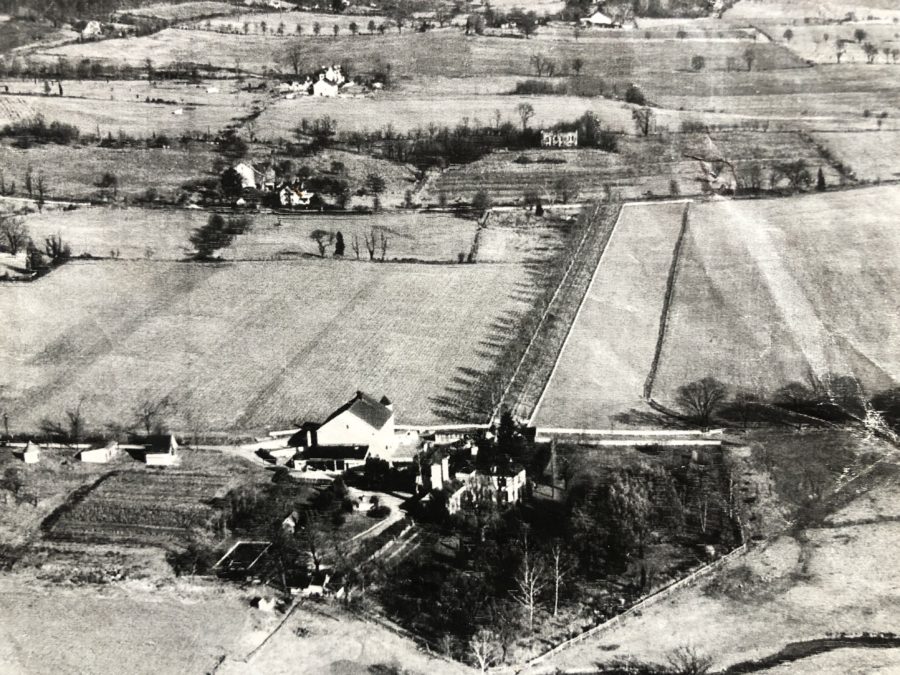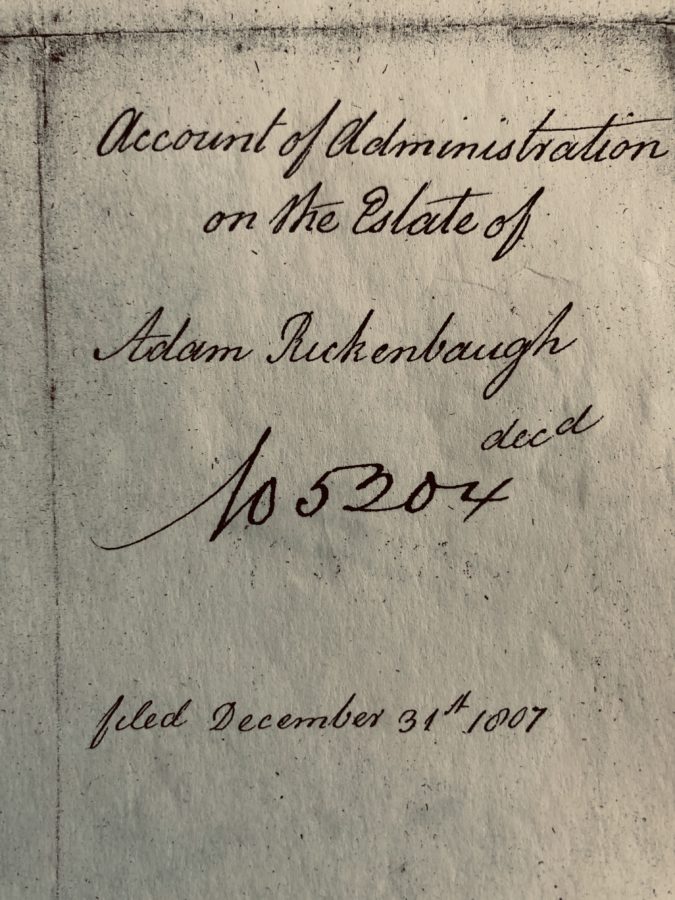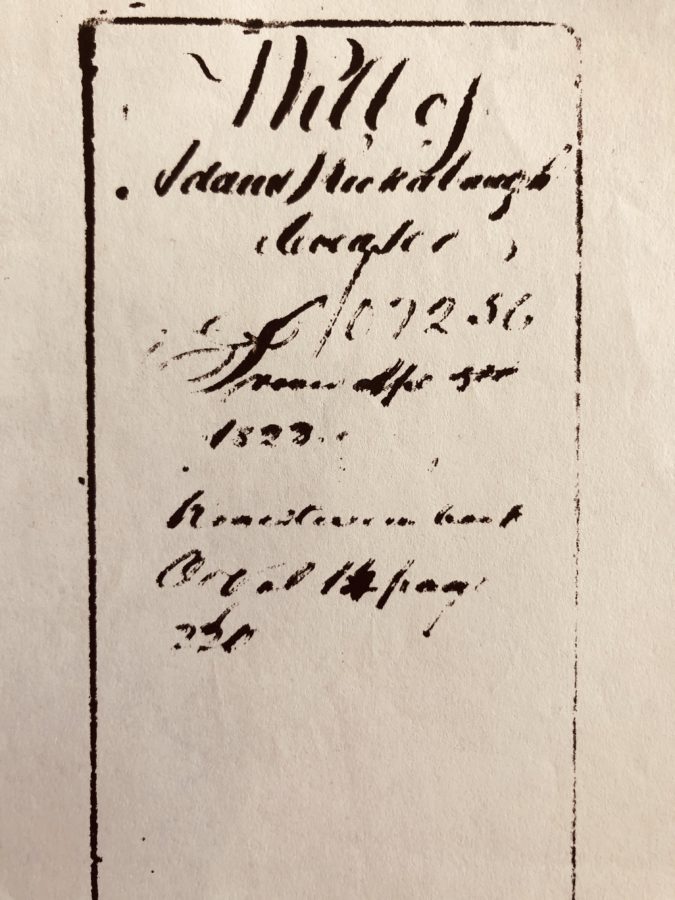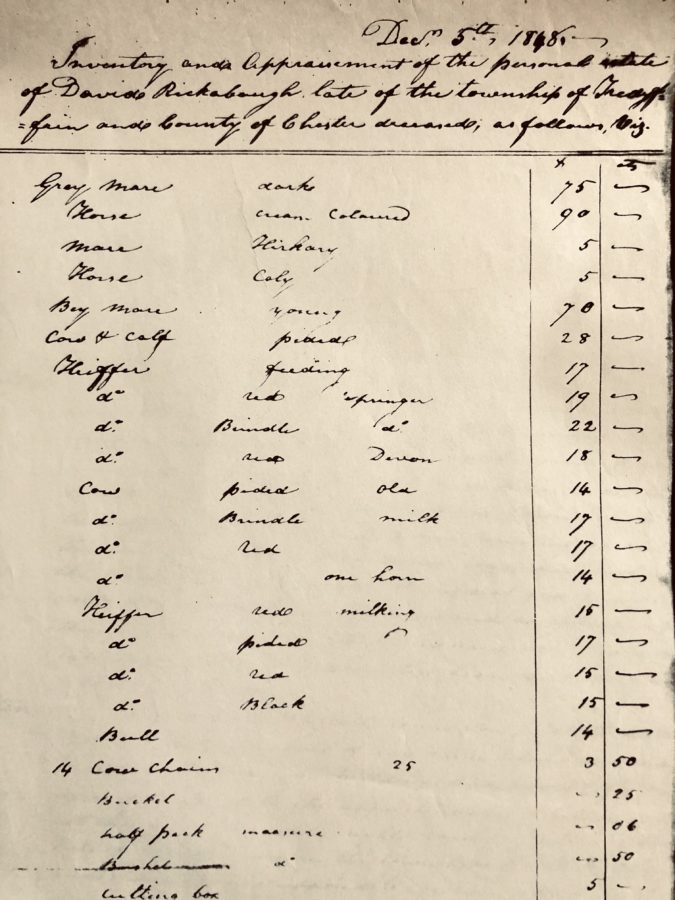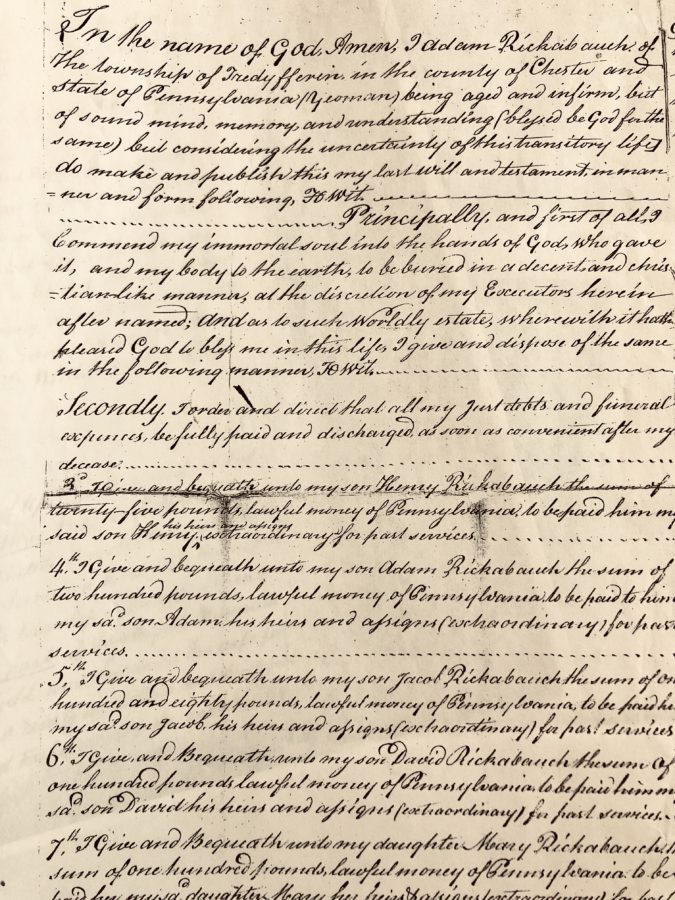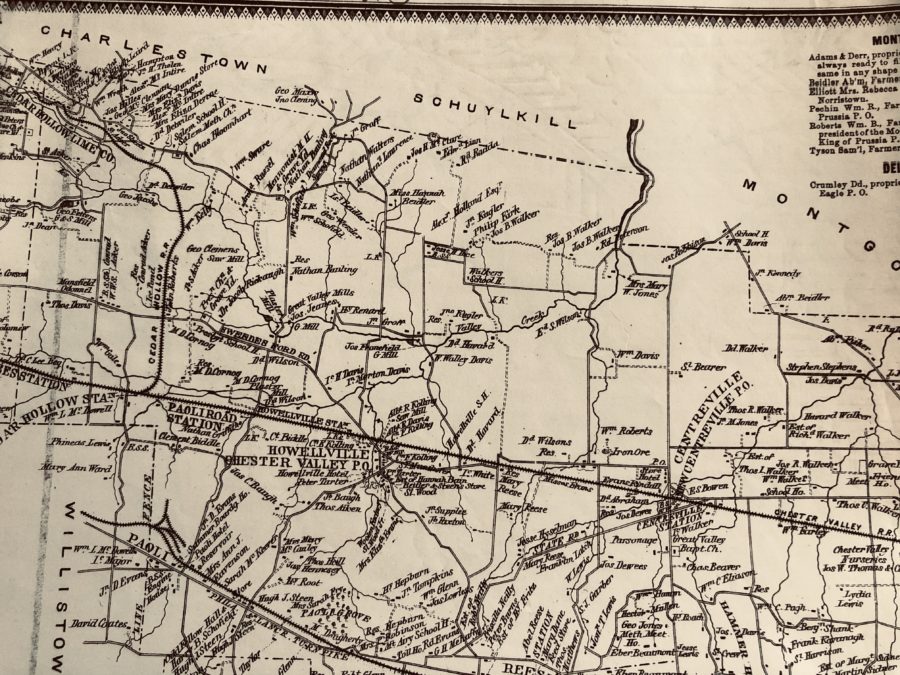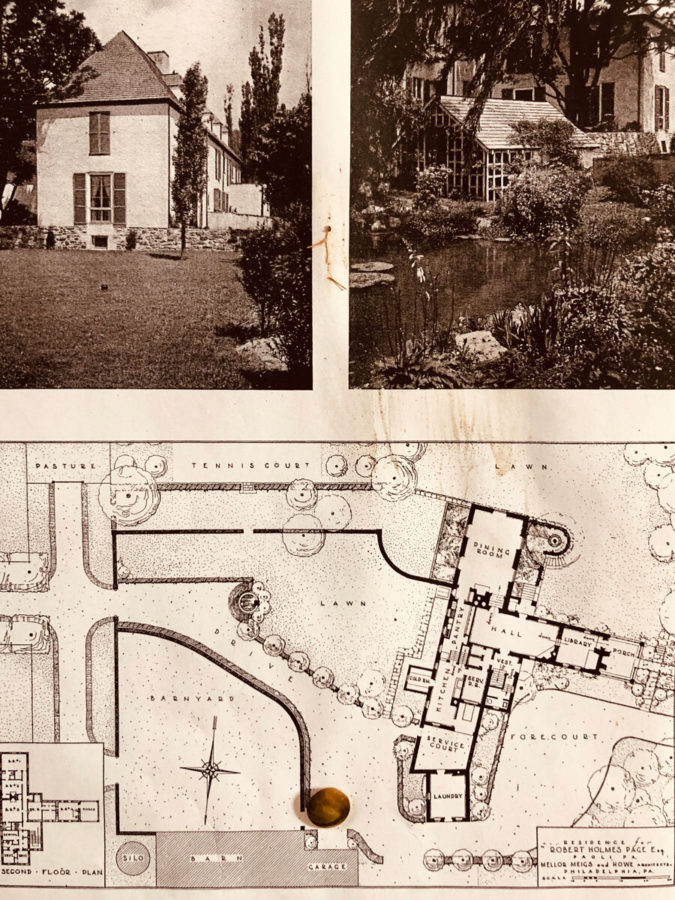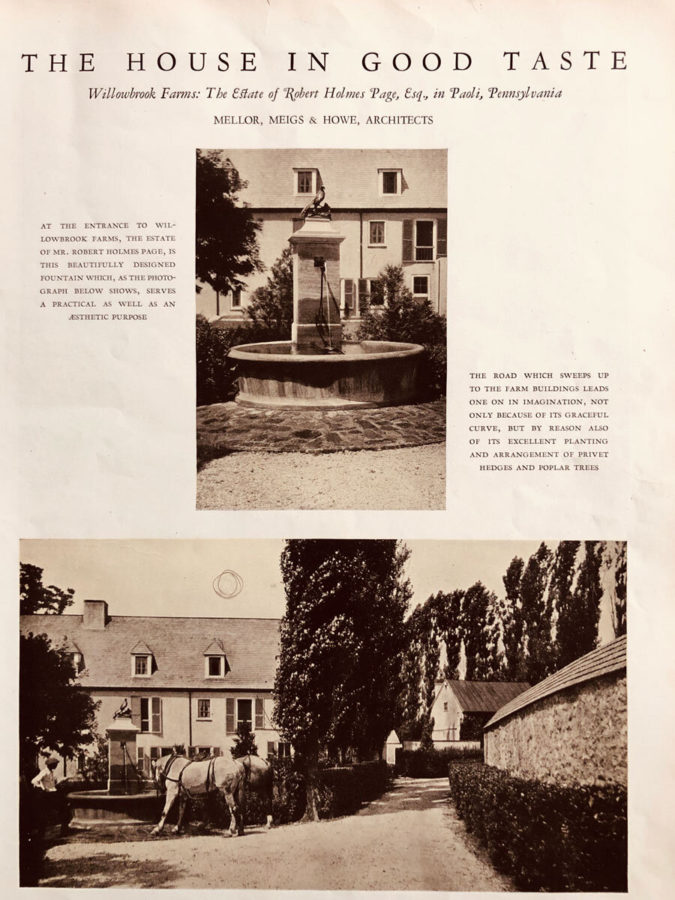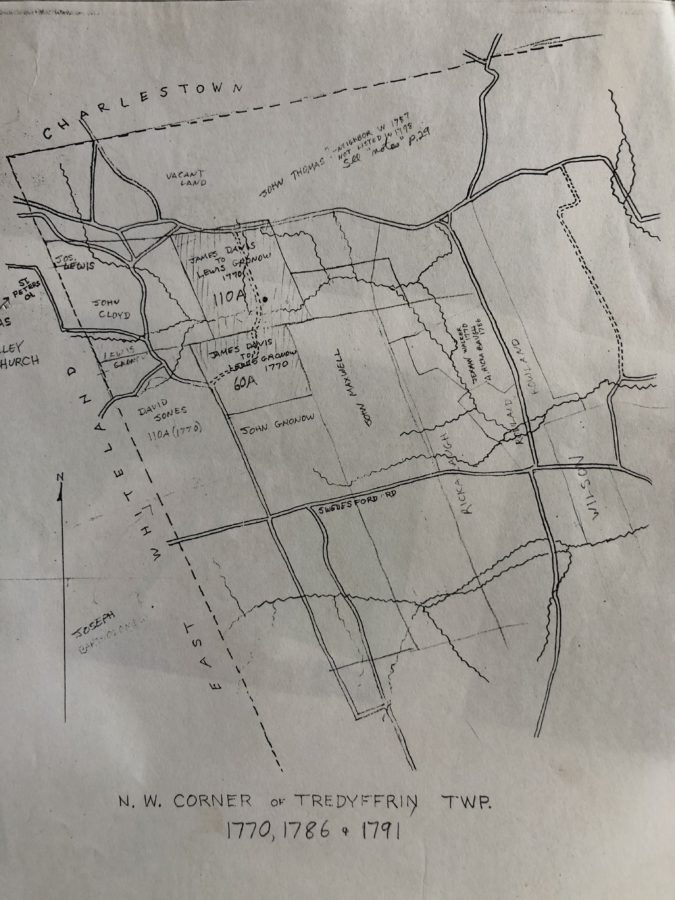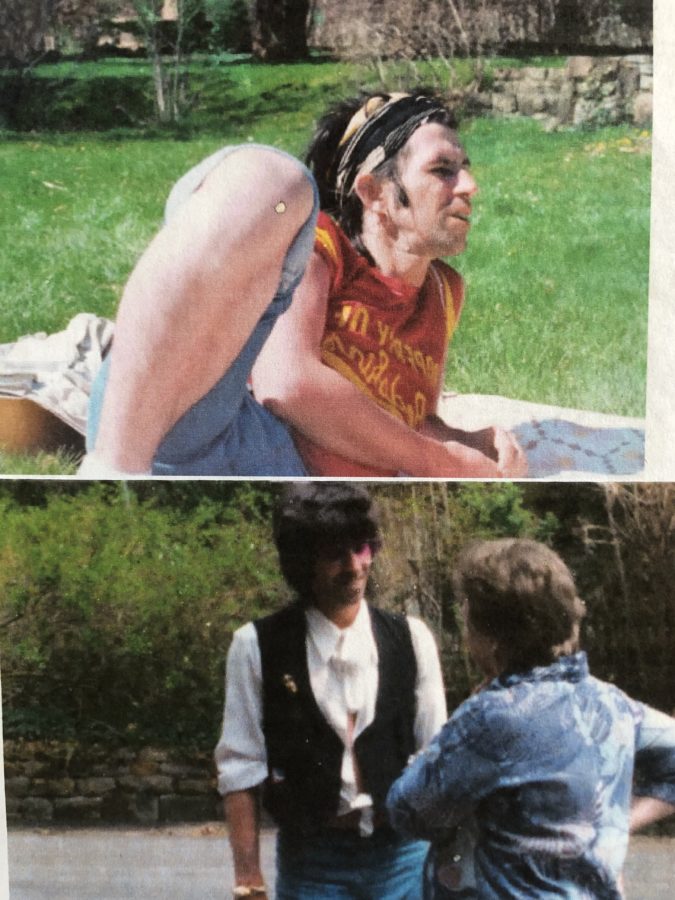Over the years the land was sold and divided many times into successively smaller holdings. The tract of land now known as Willowbrook Farm came into existence in 1710 when Thomas Jermyn, of the Great Valley Mill, owned the property. The property stayed in the family until 1767 when Adam Rickabaugh, a Swiss immigrant purchased the property which consisted of 150 acres at that time.
Records show that he farmed the property and had a Hemp Mill on Valley Creek which ran through the land. The Rickabaugh’s became the longest running owners of the Farm when Adam Sr. passed the farm onto his son, Adam Jr upon his death. Adam’s sister Margaret, inherited her father’s feather bed, which at that time was very valuable… interesting! Adam Jr. made a substantial addition to the house in 1789 which is recorded in the Glass Tax of 1788. The addition is also reflected on the date stone near the front door which reads ARB~ 1789.
George Washington’s soldiers were said to have been fed here during their encampment at Valley Forge when they traversed from the camp to the Great Valley Mill where they obtained grain from the Mill.
Upon Adam Jr’s death in 1846, the Farm was purchased by Edward Schofield who resided here from 1846-1863. Three other families owned the property from 1863 through 1874 when Robert and Mary Tyson bought the Farm which consisted of 109 acres at that time.
The Tyson’s added on more rooms to the farm, one being a grand family room with elaborate architectural moldings and arches done in the Federal style. The Farm changed hands again in 1908 when it was purchased by Robert and Marie Page.
Their ownership made major architectural changes when they hired the well known architectural firm of Mellor, Meigs and Howe. This firm came to prominence designing French Norman and English Costwald Country estates for the city of Philadelphia’s elite. The farm was basically altered from a traditional country dairy farm to a “gentleman’s farm.
Many tiered garden walls were added as well as French windows, turrets, brick pillars and the like. A formal Dining Room was also added which contains a Mercer tile fish pond/fountain. It was fashionable at the time to grow orchids indoors and the sun’s heat created steam from the pond as it shone in. This created the perfect growing conditions for orchids! All of these transformations brought the farm into a storied past of prominent owners.
John Hamilton, a well-known Philadelphia lawyer and Republican National Party Chairman, acquired the house in 1941. Being the Republican National Party Chairman, he is said to have entertained President Roosevelt in the 1940’s.
There was also quite a scandal when the Hamilton’s German butler and maid were accused of spying during Work War II.
In 1947, George P. Orr, also a Philadelphia lawyer, bought 72 acres with the buildings. George was a true Renaissance man who loved to play the violin and was a member of the Board of the Pennsylvania Academy of Fine Arts. He turned the den/library into a workshop and, in his lifetime, he built over fourteen instruments. He even housed a Stradivarius violin in a safe in the pass way to the Family Room which held two dueling Steinway pianos.
Irwin and Jean Yeaworth purchased the 15 acres in the center of the property, after George’s daughter, Virginia Orr Maes, divided the 72 acres surrounding the farm. Some of that acreage was deeded at that time to the Chester County Open Land Conservancy and borders the current farm.
Like the Orrs. the Yeaworths also enjoyed the arts. Irwin previously owned the 150 acre historic Yellow Springs property in Chester Springs where he produced films, one of them being the cult classic “The Blob,” which was filmed in nearly Phoenixville.
Many well known artists visited and stayed at the farm, including Pat Boone, Jerome Hines, Roger Williams and and Rolling Stones Mick Jagger and Keith Richards. The latter stayed on as house guests and had a hand in building a wisteria arbor by the tennis courts which has since fallen down but the wisteria they planted remains.
The connection with the Arts continued in 1996 when David and Mary Hiltbrand purchased the property. David a nationally known critic and reporter for the Philadelphia Inquirer, wrote three novels in the converted smoke house turned studio/office space.
Mary an artist, hosted woman’s art groups in the large Bank Barn as well as other community groups. They raised honeybees and Scottish black face sheep.
The house has twice been on the Vassar Show house Tour with it’s appearance in 2006 being the last Vassar Show house to be held which is when we became its current stewards.
Hopefully our efforts on behalf of this property will continue its long line of story telling through the ages.
